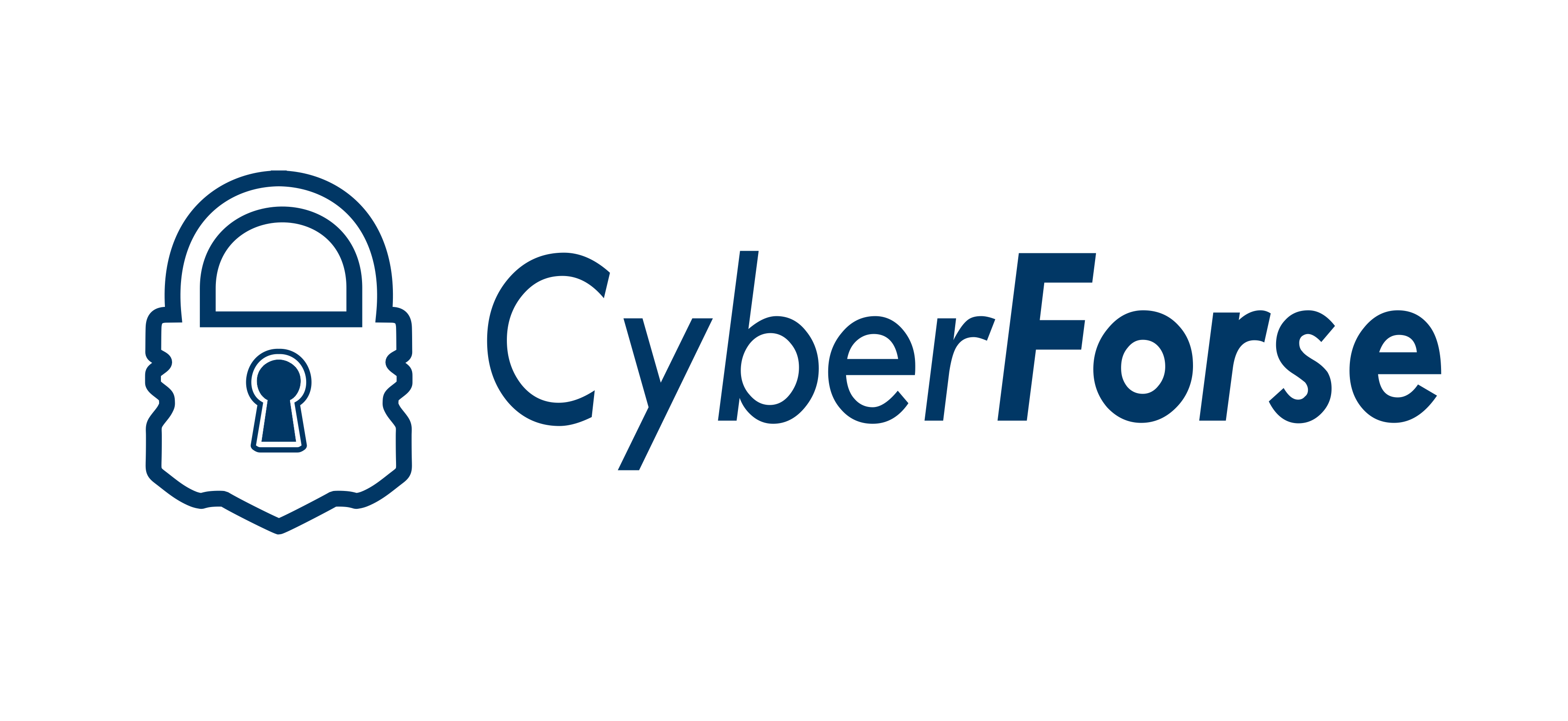The Zero Trust security model transforms organizational network access management alongside security practices. Zero Trust principles reject the traditional network security model’s implicit trust for users by expecting internal and external threats and demanding identity verification for each access attempt.
Definition and Key Principles of Zero Trust:
The Zero Trust philosophy demands verification for every user, device, and system everywhere they operate, whether inside or outside the network.
Continuous monitoring combined with least-privilege access forms the fundamental elements of this security model.
The Traditional Security Model vs. Zero Trust:
Conventional security systems depend on boundary protection which operates under the assumption that internal network users are trustworthy after entry.
Through multi-layered security protocols Zero Trust evaluates every access request as a possible threat to confirm legitimacy.
Benefits of Implementing a Zero Trust Architecture:
Improved Security: Minimizes security risks through restricted access which depends on necessity and proven trustworthiness.
Data Protection: Sensitive data remains protected through ongoing monitoring and network segmentation.
Adaptability: Zero Trust security solutions work seamlessly with cloud-based systems as well as hybrid and traditional on-premises networks.
Implementing Zero Trust requires an evaluation of existing systems to uncover security gaps.
Assessment: Analyze your current infrastructure, identifying potential vulnerabilities.
Identity and Access Management: Implement strong user verification processes.
Micro-Segmentation: Break down the network into separate zones to restrict access.
Real-World Examples and Case Studies:
The transition to Zero Trust enabled this company to stop insider threats from succeeding.
Adoption of a Zero Trust security model enables a financial institution to strengthen its data protection measures and improve compliance with regulations.
A Zero Trust security model delivers major advancements in safeguarding sensitive information while diminishing security risks. Organizations need to shift to this security model to strengthen their defenses against current cyber threats.
